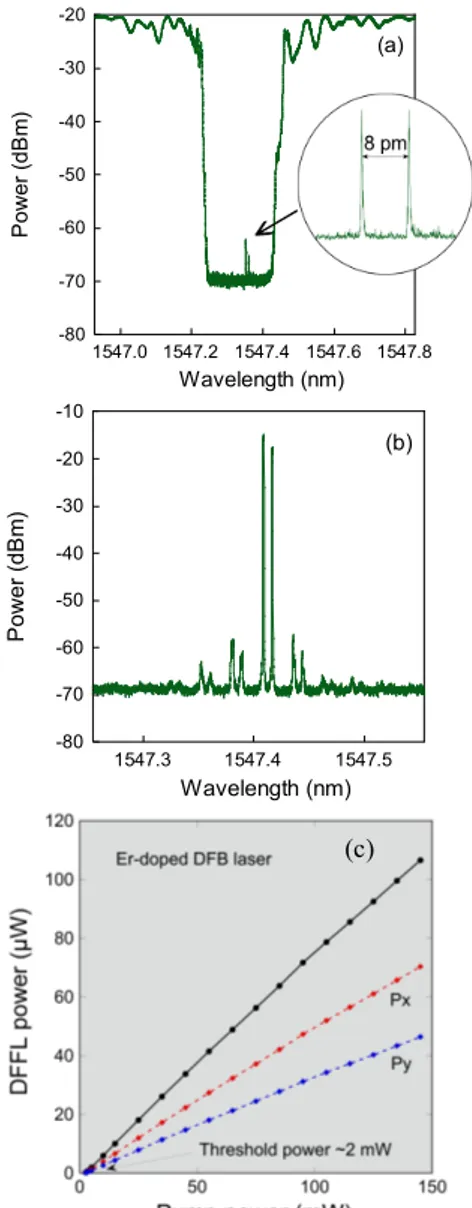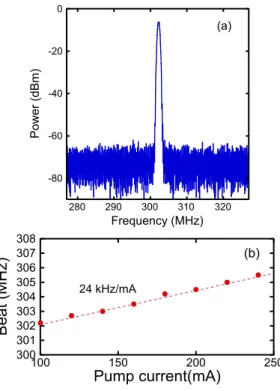Phase-locked dual-polarization fiber lasers as compact optical-microwave sources
Texte intégral
Figure




Documents relatifs
In our attempt to achieve clean pulses, we have carried out an experiment using a semiconductor optical amplifier (SOA) and dispersion-compensating fiber (DCF) to form
7(b) reveals that the input and the output chirps have opposite slopes (upward for the input, downward for the output). This is the result of the dispersion management with DCF.
Unité de recherche INRIA Rocquencourt Domaine de Voluceau - Rocquencourt - BP 105 - 78153 Le Chesnay Cedex France Unité de recherche INRIA Futurs : Parc Club Orsay Université - ZAC
L’étude opère d’une part dans l’établissement d’un mode d’exploitation non destructive d’écorces de Katrafay en vue de la production d’huiles essentielles et
It was proposed in [11] that if one (i) transforms the pixel intensities of an image into a sequence of spikes and (ii) encodes for each intensity the exact time when the first
The paper assesses the working range of the extractor according to the optical input power and the SOA bias current using burst loss rate measurement results.. First part
The focus of this manuscript is to provide a review of Bayesian methods for sample size computation or reassessment during phase II or phase III trial, for response
Après quelques mois à Vienne, autre capitale médicale de l’époque, il sera nommé à Montréal devenant à 25 ans professeur de physiologie, histologie, pathologie à l’Institut